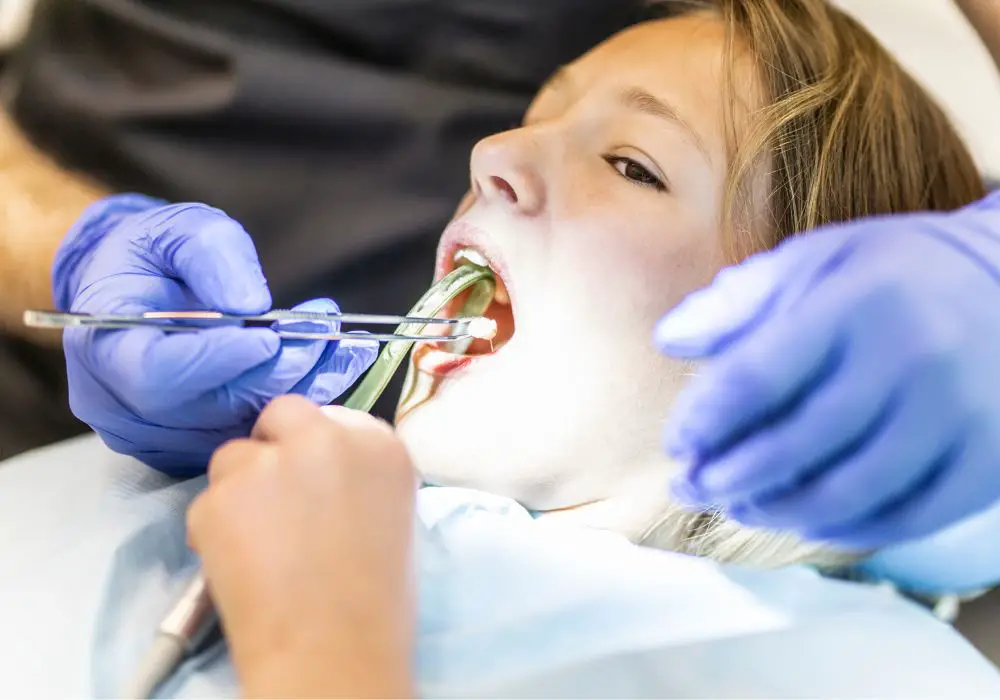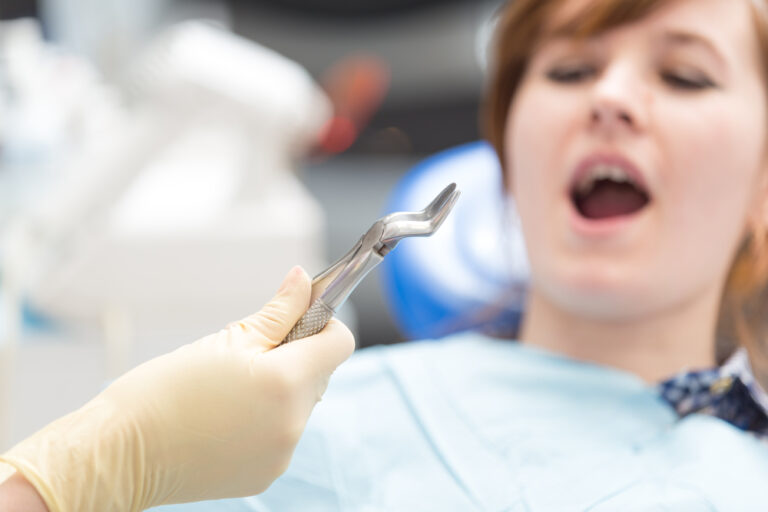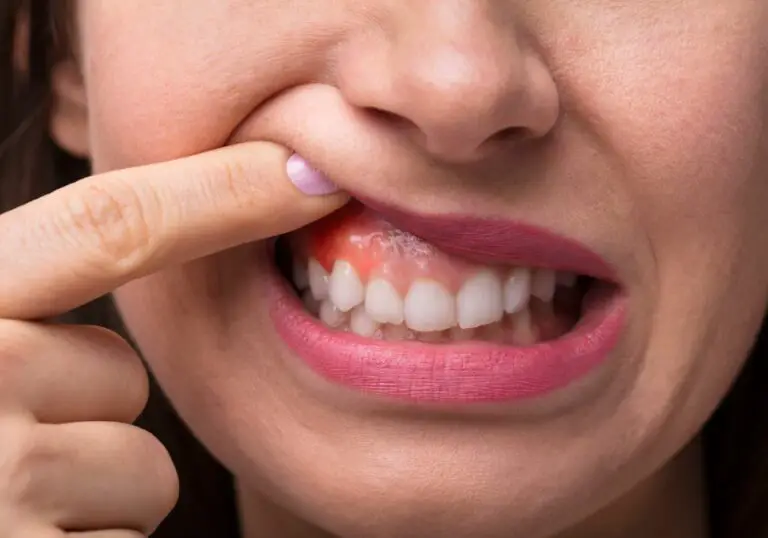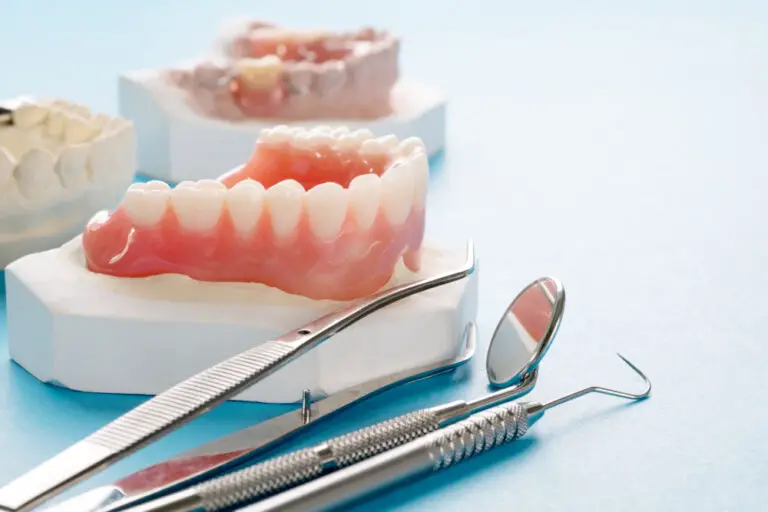If you’re wondering whether you can drink out of a straw a week and a half after wisdom teeth removal, the answer is: it depends. While it’s generally safe to use a straw after a few days, it’s important to follow your dentist’s instructions and listen to your body’s signals. Drinking through a straw creates suction in your mouth, which can dislodge the blood clot that forms over the extraction site, leading to a painful condition called dry socket. However, after a week and a half, your mouth should have healed enough to reduce the risk of this happening.
Before you start using a straw, make sure you’re not experiencing any pain, swelling or bleeding. If you’re still in pain or have any concerns, it’s best to wait a few more days before trying to drink through a straw. You should also avoid smoking, spitting, or using mouthwash for at least 24 hours after the extraction, as these actions can also disrupt the blood clot and delay the healing process.
In general, it’s important to be gentle with your mouth after wisdom teeth removal, and to avoid anything that could cause trauma or irritation to the extraction site. By following your dentist’s instructions, eating soft foods, and getting plenty of rest, you can help your mouth heal faster and reduce the risk of complications.
Understanding Wisdom Teeth Removal
If you’re experiencing pain or discomfort in the back of your mouth, it could be due to your wisdom teeth. Wisdom teeth are the last set of molars to emerge, usually in your late teens or early twenties. However, sometimes they can become impacted, meaning they don’t have enough room to grow or emerge properly. This can cause pain, infection, and other dental problems. In such cases, your dentist may recommend wisdom teeth removal.
Wisdom teeth removal is a common dental procedure that involves extracting one or more wisdom teeth. It is usually done under local anesthesia, which numbs the area around the tooth being removed. In some cases, general anesthesia may be used to put you to sleep during the procedure.
After the procedure, you may experience some pain, swelling, and bleeding. It’s important to follow your dentist’s instructions for post-operative care to minimize these symptoms and prevent complications. This may include taking pain medication, applying ice to the affected area, and avoiding certain foods and activities.
One of the most important things to keep in mind after wisdom teeth removal is to avoid using a straw for a period of time. This is because sucking on a straw can create suction and pull the blood clot out of the socket where your tooth was removed. If this happens, you could experience bleeding and pain. Your dentist will typically advise you on how long you should wait before using a straw or engaging in other activities that create suction, such as smoking or spitting.
In general, it’s important to take good care of your mouth after wisdom teeth removal to promote healing and prevent infection. This may include rinsing your mouth with salt water, brushing and flossing gently, and avoiding hard or crunchy foods that could irritate the affected area. With proper care, most people recover fully from wisdom teeth removal within a week or two.
Timeframe for Healing After Wisdom Teeth Extraction
After having your wisdom teeth extracted, it’s important to give yourself plenty of time to heal. The recovery period can vary from person to person, but there are some general guidelines to keep in mind.
In the first 24 hours after your surgery, it’s normal to experience some swelling and discomfort. You may also have some bleeding from the extraction sites. To help manage these symptoms, your dentist or oral surgeon may recommend using an ice pack and taking pain medication as needed.
After the first day, you’ll want to start gently rinsing your mouth with warm salt water to help keep the extraction sites clean. It’s important to avoid using a straw or doing anything that could create suction in your mouth, as this can dislodge the blood clot that forms in the extraction site and delay healing.
In general, it takes about 7-10 days for the swelling to go down and for the extraction sites to start to heal. During this time, you’ll want to stick to soft foods and avoid anything that’s too hot, spicy, or crunchy. You should also avoid smoking or using tobacco products, as these can slow down the healing process.
After about two weeks, you should be able to resume your normal activities and start eating more solid foods. However, it’s important to continue to take care of your mouth and avoid anything that could irritate the extraction sites.
If you experience any unusual symptoms during your recovery, such as severe pain, fever, or excessive bleeding, be sure to contact your dentist or oral surgeon right away. With proper care and attention, you can help ensure a smooth and speedy recovery after wisdom teeth extraction.
Potential Risks of Using a Straw

Using a straw after wisdom teeth removal can be risky and lead to complications. Here are some potential risks you should be aware of before using a straw:
Dry Socket
One of the most significant risks of using a straw after wisdom teeth removal is the development of dry socket. Dry socket occurs when the blood clot that forms in the socket where the tooth was removed becomes dislodged or dissolves before the wound has a chance to heal. This can cause severe pain and delay the healing process.
Using a straw creates negative pressure in the mouth, which can dislodge the blood clot and increase the risk of developing dry socket. Therefore, it is best to avoid using a straw for at least a week after wisdom teeth removal.
Infection
Another potential risk of using a straw after wisdom teeth removal is the risk of infection. The suction created by using a straw can pull bacteria from your mouth into the open wound, increasing the risk of infection.
To avoid this risk, it is best to avoid using a straw until the wound has fully healed, which can take up to two weeks.
Delayed Healing
Using a straw can also delay the healing process after wisdom teeth removal. The suction created by the straw can cause trauma to the wound site, which can slow down the healing process.
To ensure a speedy recovery, it is best to avoid using a straw for at least a week after wisdom teeth removal and follow your dentist’s instructions for post-operative care.
In summary, using a straw after wisdom teeth removal can be risky and lead to complications such as dry socket, infection, and delayed healing. It is best to avoid using a straw until the wound has fully healed to ensure a smooth and speedy recovery.
Why a Week and a Half Matters?
If you have recently undergone wisdom teeth removal surgery, you may be wondering when it is safe to resume normal activities such as drinking through a straw. While the recovery period can vary from person to person, it is generally recommended that you wait at least a week and a half before using a straw.
During the first few days after surgery, it is important to avoid using a straw as the suction created by the straw can dislodge the blood clot that forms in the socket where the tooth was removed. This can lead to a painful condition called dry socket, which can delay the healing process and require additional treatment.
After 48 hours, the blood clot should be stabilized, and gentle drinking through a straw may be okay for some people. However, it is important to check with your surgeon to make sure that it is safe for you to do so, as everyone’s situation is different.
Waiting a week and a half before using a straw can help ensure that the socket has had enough time to heal and that the blood clot has fully formed and is not at risk of being dislodged. During this time, it is also important to avoid smoking, spitting, or anything else that creates suction in the mouth, as these actions can also increase the risk of dry socket.
In summary, while it may be tempting to resume normal activities such as using a straw soon after wisdom teeth removal surgery, it is important to wait at least a week and a half to reduce the risk of complications and promote proper healing.
Safe Practices After Wisdom Teeth Removal

After having your wisdom teeth removed, it is essential to follow proper aftercare practices to ensure proper healing and avoid complications. In this section, we will discuss safe practices to follow after wisdom teeth removal.
Proper Hydration
Staying hydrated is crucial for proper healing after wisdom teeth removal. However, it is essential to avoid using a straw for at least a week and a half after the procedure. Sucking on a straw can create suction, which can dislodge the blood clot and cause bleeding and pain. Instead, drink directly from a cup or use a spoon to consume liquids.
Food and Drink Recommendations
For the first few days after the procedure, consume only soft foods that are easy to chew and swallow. Avoid hard, crunchy, or sticky foods that can irritate the surgical site. Some recommended foods include:
- Applesauce
- Mashed potatoes
- Yogurt
- Smoothies
- Soup
It is also crucial to avoid hot beverages, such as coffee or tea, for the first few days after the procedure. Instead, opt for lukewarm or cold drinks. Additionally, avoid alcohol and carbonated beverages, as they can cause dry socket and delay healing.
In conclusion, following proper aftercare practices after wisdom teeth removal is crucial for proper healing and avoiding complications. Remember to stay hydrated and avoid using a straw, and consume only soft foods for the first few days after the procedure. If you experience any severe pain or bleeding, contact your dentist immediately.
Alternatives to Using a Straw
Using a straw after wisdom teeth removal can be risky, as it can dislodge the blood clot and lead to dry socket. If you’re looking for alternatives to using a straw, here are a few options that you can try:
Sip Lids
Sip lids are a great alternative to using a straw. They allow you to drink your favorite beverages without having to worry about spilling or causing any damage to your healing gums. Sip lids are available at most coffee shops and restaurants, and they come in a variety of sizes and colors.
Cup with a Spout
Another alternative to using a straw is to drink from a cup with a spout. This can be especially helpful if you’re having trouble opening your mouth wide enough to drink from a regular cup. You can find cups with spouts at most baby stores or online.
Spoon
If you’re looking for a low-tech alternative to using a straw, try using a spoon. Simply scoop up your drink and sip from the spoon. This can be a great option if you’re on the go and don’t have any other alternatives available.
Water Bottle with a Straw
If you’re looking for a way to stay hydrated while you’re on the go, try using a water bottle with a straw. This can be a great alternative to using a regular straw, as it allows you to drink without having to worry about spilling or causing any damage to your healing gums.
Ice Chips
If you’re having trouble drinking anything at all, try sucking on some ice chips. This can help to keep your mouth moist and alleviate any discomfort you may be experiencing. Just be sure to avoid chewing on the ice chips, as this can cause damage to your healing gums.
Overall, there are many alternatives to using a straw after wisdom teeth removal. Try out a few different options and see what works best for you. Remember to always follow your dentist’s instructions and take good care of your healing gums.
When to Seek Medical Advice?

After a week and a half of wisdom teeth removal, you may still experience some discomfort or pain. However, if you notice any of the following symptoms, you should seek medical advice immediately:
- Severe pain that does not subside with over-the-counter pain medication
- Swelling that worsens instead of improving
- Bleeding that does not stop after applying pressure for 20-30 minutes
- Fever higher than 101°F (38.3°C)
- Nausea or vomiting
- Difficulty breathing or swallowing
These symptoms could be signs of a complication, such as infection or dry socket, which requires prompt attention from your dentist or oral surgeon.
If you are experiencing any of these symptoms, do not hesitate to contact your oral surgeon or dentist. They can evaluate your condition and determine the best course of action to alleviate your symptoms and prevent any further complications.
Remember that wisdom teeth removal is a common procedure, but it still carries some risks. By following your dentist’s post-operative instructions and seeking medical advice when necessary, you can help ensure a smooth and successful recovery.
Frequently Asked Questions
When is it safe to use a straw after wisdom teeth removal?
It is generally recommended to avoid using a straw for the first few days after wisdom teeth removal. This is because the suction created by the straw can dislodge the blood clot that forms in the socket, which is essential for proper healing. After the first few days, it is usually safe to use a straw, but it is best to check with your dentist or oral surgeon to make sure.
Can I drink from a straw 10 days after tooth extraction?
Yes, it is generally safe to use a straw 10 days after tooth extraction, as long as the socket has healed properly. However, it is still important to be gentle and avoid creating too much suction, as this can still cause discomfort or delay the healing process.
Can I use a straw 2 weeks after wisdom teeth?
Yes, it is usually safe to use a straw 2 weeks after wisdom teeth removal, as long as the socket has fully healed. However, it is still important to be gentle and avoid creating too much suction, as this can still cause discomfort or delay the healing process.
What happens if I accidentally use a straw after wisdom teeth?
If you accidentally use a straw after wisdom teeth removal, it is possible that you may dislodge the blood clot in the socket. This can cause a painful condition called dry socket, which can delay the healing process and require additional treatment from your dentist or oral surgeon.
When can I drink soda after wisdom tooth extraction?
It is generally recommended to avoid carbonated drinks, including soda, for at least the first few days after wisdom tooth extraction. After that, you can slowly introduce soft drinks back into your diet, but it is still important to be careful and avoid creating too much suction, as this can still cause discomfort or delay the healing process.
Can you use a straw 7 days after wisdom teeth removal?
It is generally recommended to avoid using a straw for the first few days after wisdom teeth removal. After that, it may be safe to use a straw, but it is best to check with your dentist or oral surgeon to make sure. If you experience any pain or discomfort while using a straw, it is best to stop and wait a few more days before trying again.






